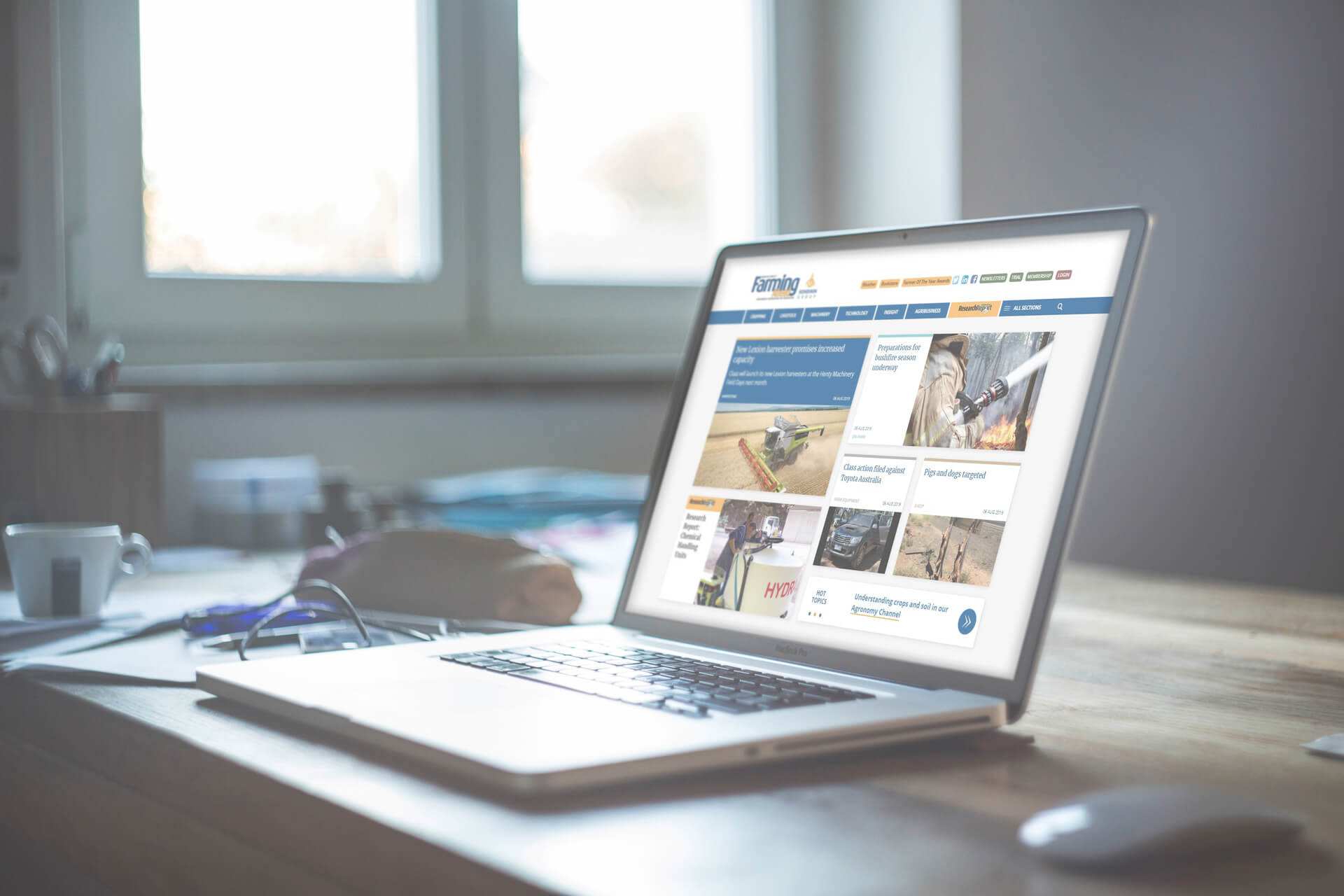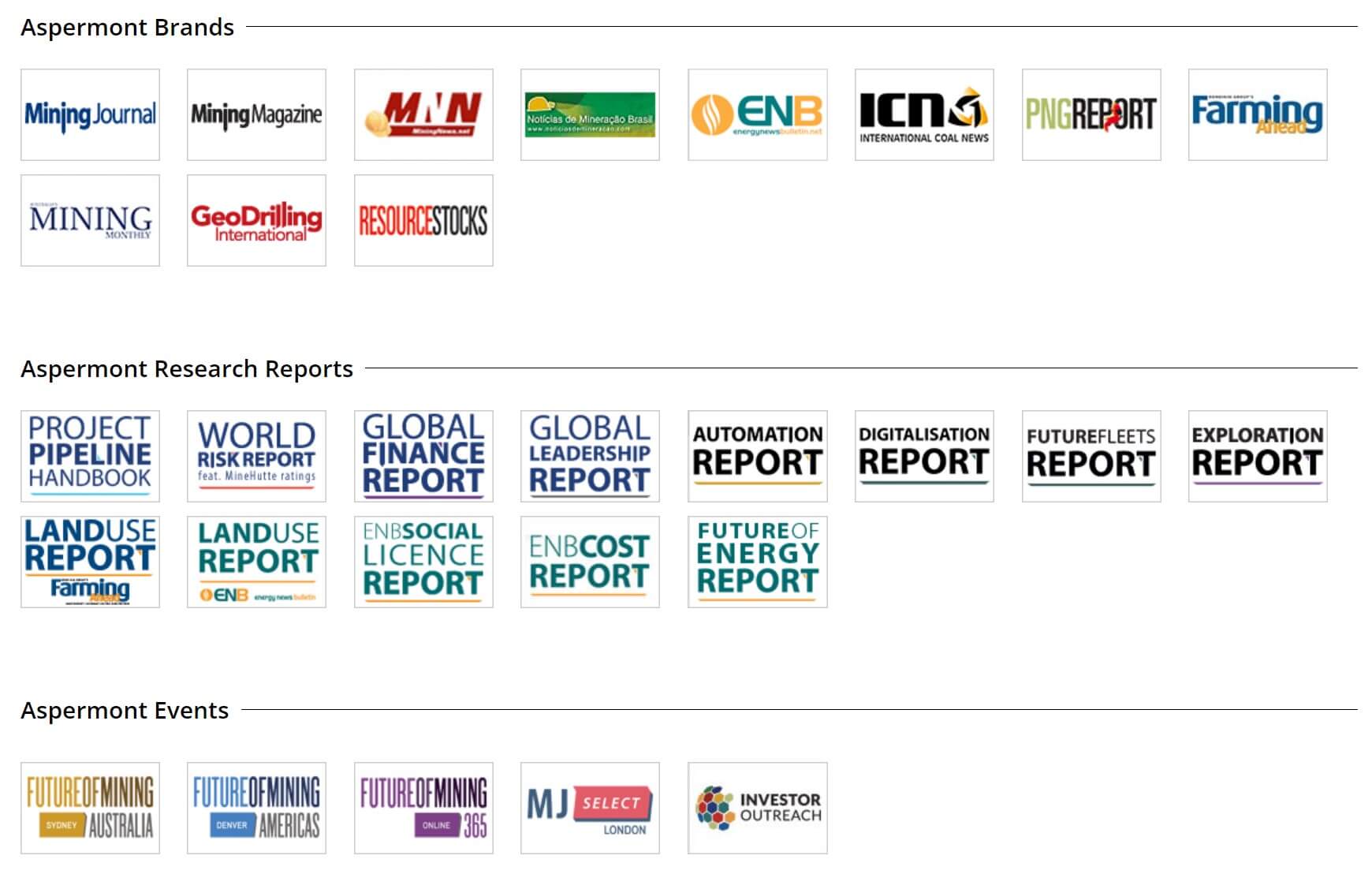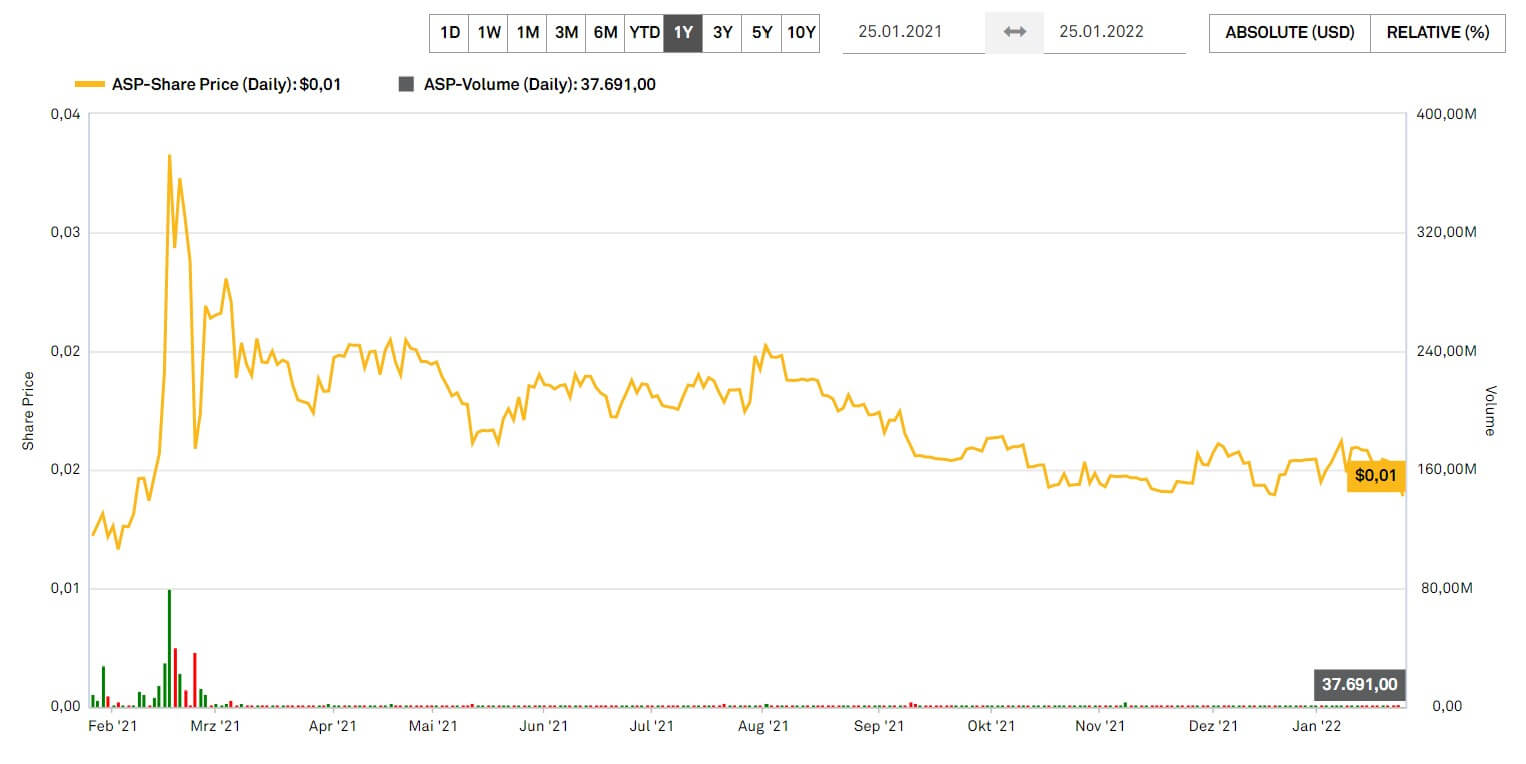
Digitalization forces action
Companies are facing a paradigm shift
Digitalization is a global phenomenon. It affects all areas of life, from industrial production, energy supply and transportation to politics, education and health. Massive upheavals are a challenge for every company. And today, in particular, new trends such as digitalization are turning entire industries upside down. New forms of communication, cooperation and financing make it possible for startups and lateral entrants to turn good ideas into business models as if from nowhere. In doing so, they are penetrating new markets and posing major problems for established providers.
The latter are forced to react quickly so as not to be squeezed out of the market. There are plenty of examples from past companies that have missed the transition. For example, Kodak, the pioneer of photography, missed the leap to digital cameras, Nokia, the former market leader for cell phones, had to bow to Apple's innovative iPhone, and Amazon's increasing dominance brought down Quelle, once Europe's largest mail-order company.

Major challenge in the publishing business
The challenges in the publishing business were and are particularly great. As recently as the early 2000s, reading a newspaper in paper format was considered a daily routine. But times were changing fast. For publishing houses, publishing print-only publications increasingly became a loss leader. The usage behavior of customers changed abruptly, also favored by new technologies such as the Internet and finally by the development of mobile devices. No matter how circulated and historic the medium, the digital transformation of business and operational processes is inevitable.
Tim O'Reilly, founder and CEO of O'Reilly-Media, put it succinctly, "Every industry and every business is going to have to transform in the next few years. What is coming is bigger than the original Internet, and you need to understand it, engage with it and figure out how to transform your business."1
Best practices
The growing trend toward using digital media has been evident on every continent, including for Australian publisher Aspermont, global leader in business-to-business media for the commodities sector. In this regard, the publishing house looks back on a brilliant history and, in addition to the venerable Mining Journal and Mining Magazine, which have been published continuously for 186 and 112 years respectively, owns ten other main brands and 20 sub-brands with a combined brand history of 560 years. As events and publications moved to the online world, former revenue streams of print advertising and magazine subscriptions became less and less important. Aspermont was forced to rethink its strategy after experiencing revenue losses of more than 25% with no end in sight of the negative trend.
the Mining Journal is distributed continuously.
The long trustful cooperation with market participants and a database built up over decades of some 8 million contacts of board members and executives from key industries, CEO Alex Kent took it upon himself back in 2014 to turn the company's business model 180 degrees to become the leading provider of business-to-business digital media in the mining, energy and agriculture sectors. Between 2014 and 2017, approximately 80% of Aspermont's previous print, advertising and live events business was exited.

First-class management
In this process, Alex Kent, CEO of Aspermont, played the key role in the digital transformation. The executive joined the company back in 2007, has held senior marketing and digital strategy positions in all of the company's departments and offices, and has been instrumental in shaping Aspermont's corporate philosophy and technology-driven business model. Kent holds a dual honors degree in economics, accounting and business law from the University of Bristol and graduated from the Microsoft Executive Academy in 2003.
A world-class, five-member executive team has been installed around him, with extensive expertise in media, corporate finance, and mining and energy. The executive team Ajit Patel (Chief Operating Officer), Ian Hart (Chief Content Officer), Matt Smith (Chief Commercial Officer), Nishil Khimasia (CFO) und Group People Director Leah Thorne also have experience and knowledge in law, accounting, and corporate governance and have served in the executive ranks of blue-chip media and technology companies. In addition, the entire executive team is vested in equity-based compensation programs. Overall, management has a 13% stake in the mediatech company. In general, Aspermont has a stable shareholder structure with a stated free float of only 27%.

With a license to print money
For long-term modeling, business concepts such as Netflix, LinkedIn and Facebook served as models. With the launch of Project "Horizon" and the hiring of Ajit Patel, who still serves as Chief Operating Officer, the design and implementation of a digital platform and infrastructure began the cornerstone of the disruptive XaaS model. In 2017, Aspermont began the phased rollout of its next generation digital media platform. The new platform enables advanced business capabilities in marketing automation, UX design, and data analytics. It also achieved optimization of commercial workflows to lay the foundation for long-term growth in subscription revenue and all related metrics.

Unlimited scaling opportunities
Today after a tight 5-year transformation plan, the undisputed media services provider stands for the global commodity industry and a disruptive solution for B2B media that can be broken down into three business models, but each fueling the other.
With the XaaS model, Aspermont distributes high-quality content to a growing audience. In doing so, users, like with Netflix at first glance, can access a centralized premium subscription. However, to the standard subscription, unlike the US streaming service, existing customers can add more premium content services, adopt new content formats or add more members to their account. On the one hand, this provides the B2B service provider with high recurring revenues, and on the other hand, revenue per customer is continuously increased by adding new services.
The focus on pricing and the horizontal level are impressively shown by the rising curves since fiscal year 2016. For 21 consecutive quarters, continuous growth was achieved in all key metrics and XaaS KPIs based on audience numbers. Despite the Corona pandemic, average revenue per user grew unabated from EUR 443.90 in 2016 to the current EUR 779.35, an increase of 14% per year. The quality of the revenues is reflected in the recurring revenues. These were at a low 5% in 2015 combined with a gross margin of 48%. At the end of the fiscal year, on September 30, 2021, recurring revenues already contributed 70% to total revenues. Overall, this corresponds to a high gross margin of currently 65%.
In the Data sector, the collected behavioral data is marketed with the customer's consent, thus generating revenue from B2B lead generation. Building top-notch contacts and engaged users, in turn, helps develop a better data offering.
By Services, Aspermont means services that vendors can use to access the cross-industry global database by signing up for a range of marketing services, such as content creation, advertising, sponsorship or events.
grew the data segment in fiscal year 2021.
The onset of the pandemic banned live event hosting. Hence, the Australians, who were already developing flexible virtual event and exhibition models prior toCorona, launched a 365-day sponsored platform that has consistently added more offerings. In the process, the newly formed VEE business exceeded expectations and contributed significantly to segment revenue. In addition, the data business was fed via this channel by generating targeted marketing and sales leads.
Annual figures underline growth trend
The successful strategy was also reflected in the published annual figures for 2020/2021. For example, EBITDA exploded by 288% to over AUD 1.6 million, the equivalent of EUR 1.01. The data business stood out in particular. Here, revenues tripled during the fiscal year, while XaaS revenues grew by an equally impressive 14%, climbing back to pre-pandemic levels. Aspermont saw equally strong growth in gross margin, which is now at a high level of 65.30%. The operating cash flow grew in the reporting period to now EUR 1.66 million, which is reflected in a cash balance of EUR 4.43 million. In addition, the liabilities of the last years were repaid entirely.
The analyst house GBC AG renewed its buy recommendation for the Aspermont share with a price target of AUD 0.09, equivalent to EUR 0.057. In the initial study, analyst Julian Desrosier assumes an expected gross margin of 72% for the year 2022. This should rise to 80% in the medium term and stabilize at this level in the long term. He said that with the existing liquid funds, it is now possible to finance the next growth phase.2
The expansion phase is underway
Due to the well-filled cash box and a further steadily increasing cash flow, the signs for the debt-free company after the successful transformation in 2022 are clearly pointing to growth. On the part of Aspermont, high revenue growth in the XaaS segment was promised for all new products. In addition, management is betting on the highly profitable live events again after the Omicron variant's flattening, which would generate special income that was absent in the past two years due to the Corona pandemic. In addition, "significant investments " in new technologies are planned.3 .

Network effects are to be exploited both horizontally and vertically in the near future. For example, in the mining, energy and agriculture sectors alone, which have already been worked on and which contribute more than USD 17 trio. to GDP annually and employ about 22% of the world's population 4 , there are significant growth opportunities in depth and pricing. Adding more content formats is expected to further increase average revenue per customer.
Growth vertically and horizontally
As a result of the steadily improving financial position, the current year's focus is on customer growth. Currently, Aspermont's database contains around 8 million addresses, spread across all parts of the globe. Despite digital customer growth of 1.4 million since mid-2017 to a current 3.6 million users, the goal is to bring the remaining 55% onto the platform to convert them to paying customers.
With the expansion of global coverage in multiple languages, the aim now is to invest more in subscriber growth. By hiring more journalists in more countries, writing in more languages, creating international content and thus covering more market segments, the more the customer base can be gradually expanded.
Aspermont´s XaaS based information an Data models with high unit economics provide operating leverage when rolled across other sectors and markets.
Currently, Aspermont maintains four additional offices on various continents in addition to its headquarters in Perth, Australia. Around 200 employees already work in offices in London/UK, Belo Horizonte/Brazil, Manila/Philippines and Singapore.
Finally, in addition to the geographical expansion, an extension of the B2B model to other industries would only be logical in the near future, as the business model is applicable across countries and sectors. The company took its first step into the broader financial scene last year with its entry into the financial sector. Later this year, CEO Alex Kent says he plans to unveil "Vision 2025," which will outline plans for all continents.
Entry into fintech creates new opportunities
Taking the next step by entering the fintech industry provides Aspermont with another lucrative opportunity to leverage its unique position in the mining sector to scale its business model. The establishment of a fintech joint venture with two partners, Spark Plus and International Pacific Capital, will be the first step in developing a platform to raise capital for professional investors in the ASX market. In the process, Aspermont owns the largest stake in the newly formed company with 44%. Spark Plus is a corporate advisory firm specializing in roadshows for Asian companies, while securities dealer IPC provides asset management and corporate advisory services to large investors and sophisticated investors in Asia and Australia.
The timing for such a placement platform could not be better. For one thing, several commodities are in a super-cycle and demand for a mining sector capital raise rose to around EUR 10 billion last year. For another, Aspermont holds a dominant position in terms of investors within this global audience. From a strategic perspective, the platform is likely to be used as a proof-of-concept for the mining sector, which can then be transferred to other sectors of the economy. Likewise, the platform, which will be launched in Australia this year, is likely to be expanded to other countries. In any case, the global target groups and the necessary media channels are available.
Companies in key sectors are already using Aspermont's capital markets services, and facilitating capital raising offers another cross-selling opportunity for the Australians. In addition, entry into the placement business is strategically important, as providers with a one-dimensional offering could be forced out of the market.
Advisor and potential shareholder sees undervaluation
Aspermont recently signed a deal with investment bank SooChow CSSD Capital Markets SCMM, which focuses on young, high-growth companies in the Asian region, to provide business advisory services. Aspermont, which recently established a Singapore office, expects the new partner to help develop its investor base and increase awareness in the region.
SCCM also plans to subscribe to unlisted transferable stock options that can be exchanged for Aspermont common stock. In total, there are up to 250 million shares with a maturity date of only September 30, 2022, and an exercise price of AUD 0.0432 per share. Exercising the options would inject AUD 10.8 million, the equivalent of EUR 6.84 million, into Aspermont's coffers.5
In addition to the cash already generated from cash flow of around AUD 7 million, equivalent to EUR 4.40 million, Aspermont would have enough mass to further accelerate growth. The capital injection seems somewhat secondary in this deal, as Aspermont is growing from operating cash flow and has already secured funding for its targets for the next three years.
More interesting is that SooChow would have to pay a premium of around 90% to the current share price to even get possession of the block of shares. For Aspermont, this is definitely a win-win situation and a possible capital raising at a higher level.

SWOT analysis
Strengths
- Highly scalable business model
- 8 million decision making contacts
- Market leader in the mining segment due to long history in the publishing business
- Strong financial resources for further growth
Weaknesses
- Know how distributed among few employees
- Low level of awareness outside the mining sector
- Low share price unsettles potential investors
Opportunities
- Entry into the placement business
- Vertical expansion of Horizon platform to other industries
- High potential through geographic expansion
- Nasdaq listing would reach a broader mass of investors
Threats
- Further cancellations of live events due to Corona pandemic
- Decline in business due to deflationary trends
- Competition from better technologies
Conclusion: economies of scale without end
Aspermont completed the transformation it started in 2014 with flying colors last year. The "Horizon" project created a highly scalable platform that is infinitely expandable both horizontally and vertically. With the addition of further languages and countries alone, the number of subscriptions is expected to grow disproportionately in the near future. By chaining the three business models of XaaS, Data and Services, strong cross-selling effects should contribute more to Aspermont's profitability.
With a strong cash position, operational flexibility and management infrastructure, the focus should be on increased scale in addition to growth. Revenue increases of approximately 20% with a gross margin of 80% expected by analysts should be closely watched by the market. A NASDAQ listing and a reverse stock split would give Aspermont a boost in the capital markets.
Aspermont's business model is applicable across B2B sectors. In the long term, Aspermont has the opportunity to become a serious player in the global B2B media environment. If business continues to develop positively, the market capitalization of just under EUR 34 million is unlikely to last much longer.
On the occasion of the 2nd International Investment Forum (IIF) on February 17, Aspermont CEO Alex Kent will present the latest developments. Free registration for the virtual forum is possible at www.ii-forum.com.

